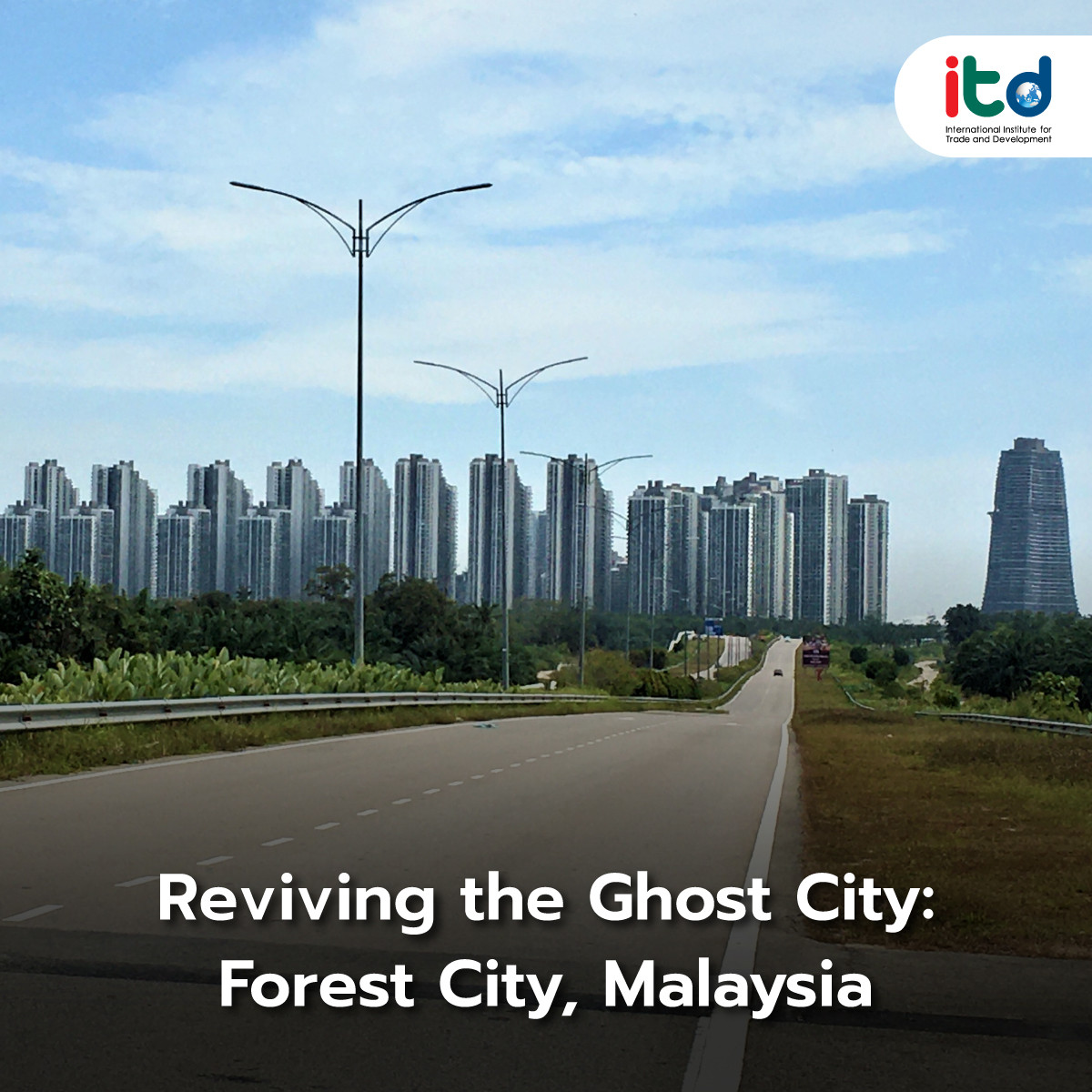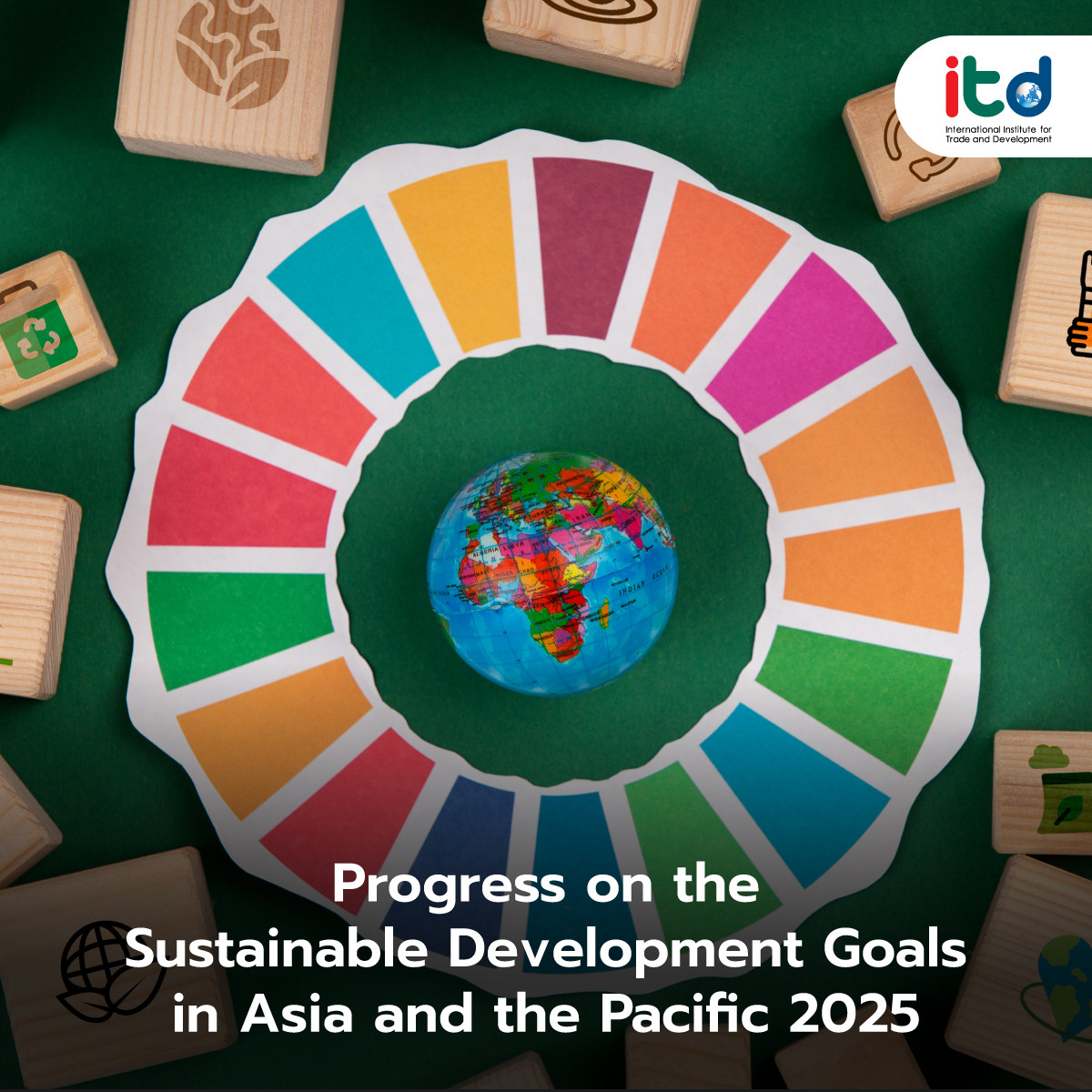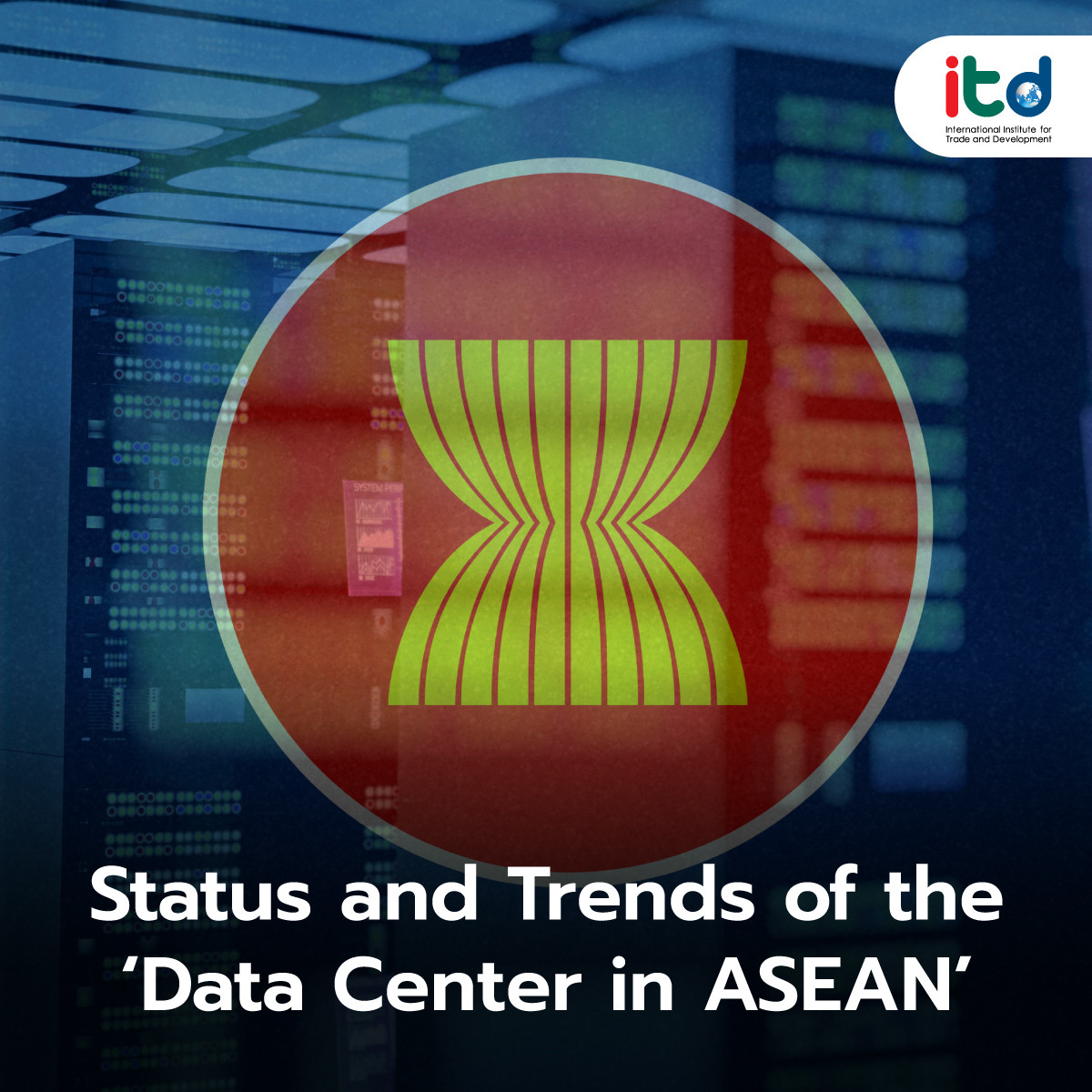About Documents
Forest City is a $100 billion real estate development project located on four reclaimed islands in southern Johor, near Singapore. It is a joint venture between China’s property giant Country Garden and Esplanade Danga 88, owned by the Johor state government, with a 60:40 shareholding ratio. The project is part of China’s Belt and Road Initiative, driven by the Chinese government.
The project was first announced in 2006 and officially launched in 2016 during the administration of Prime Minister Najib Razak. Forest City was envisioned as a green smart city to create an exceptional living and working environment, combining the environment and technology, offering luxury residential areas, office spaces, educational institutions, and shopping centers. Strategically located in the Iskandar Special Economic Zone, it benefited from investments from both the Malaysian and Singaporean governments, making it a prime location.
However, Forest City has faced significant controversy, especially concerning environmental impacts caused by land reclamation, which contradicts the marketing image. Additionally, the project is perceived to target upper-middle-class Chinese buyers rather than Malaysians.
This focus on Chinese clientele made the project highly vulnerable to Chinese government policies, especially when China imposed stricter currency controls, limiting overseas spending to $50,000 per person
Furthermore, political changes in Malaysia, including corruption scandals, brought scrutiny to the project accusing the government of planning to sell out Malaysia to foreigners. After winning the election, Prime Minister Mahathir Mohamad announced a ban on foreign property purchases in Forest City, despite legal challenges to the ruling, which hurt investor confidence.
The COVID-19 pandemic also dealt a severe blow to Forest City. Moreover, Country Garden, China’s largest property developer, faced financial crises, putting its massive overseas investment in Forest City into uncertainty.
Forest City is projected to house 700,000 residents by 2035. However, only 15% of the project has been completed, with just one of the four islands fully reclaimed. Currently, only about 1% of the developed area is inhabited, with only about 9,000 residents, earning it the label of a “ghost city.”
In response, under Prime Minister Anwar Ibrahim, Malaysia has sought to attract Chinese investment back, including plans to enhance transport infrastructure linking Malaysia and Singapore, with a stop at Forest City. The government is also considering building a casino to revitalize the economy of Forest City.
Additionally, in 2024, the Lower House of Parliament passed a law to revive Forest City by declaring it a duty-free island. The government also launched the Forest City Special Financial Zone (FCSFZ), aiming to make it a global financial and business hub. The plan seeks to attract multinational companies, financial institutions, and tech firms through tax incentives, financial benefits, and regulatory flexibility.
If Malaysia’s efforts succeed, Forest City could become a prime investment hub in the ASEAN region. However, given the ongoing challenges and limitations, it remains a hotly debated project – one filled with both concern and hope.
Author:
Ms. Patcha Thamrong-ajariyakun
Senior Researcher
International Institute for Trade and Development (Public Organization)
www.itd.or.th
Publication: Bangkok BIZ Newspaper
Section: First Section/World Beat
Volume: 37 Issue: 12751
Date: Wednesday, Oct. 16, 2024
Page: 8 (bottom)
Column: “Asean Insight”






